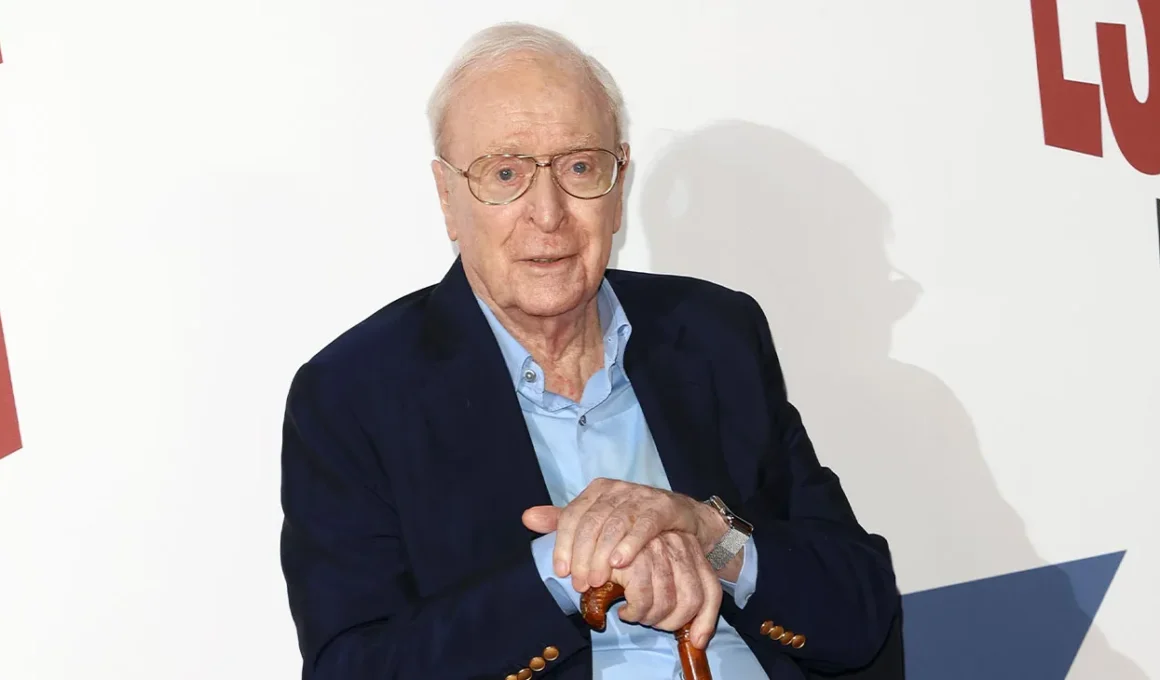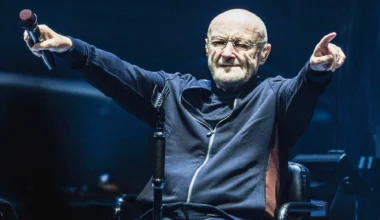The 1981 football film Escape to Victory exists in an odd space—never quite great, but not entirely terrible either. For football (or “soccer,” if you’re from the one country that insists on calling it that) fans, the movie was a bit of a letdown. It didn’t fully capture the essence of the sport, and critics were even harsher, dismissing it as formulaic and clunky. The only aspect that received genuine praise? The football sequences. They were entertaining enough, even if the rest of the film felt like an exaggerated underdog fantasy.
Yet, despite its lukewarm reputation, Escape to Victory still holds a special place in the memories of one of its stars—Michael Caine. And the reason? One name: Pelé.
The Caine-Pelé Connection
Michael Caine, who shared the screen with Sylvester Stallone and Max von Sydow, has rarely been one to defend his weaker films. But this one? He remembers it fondly, purely because it gave him the chance to work with Pelé, arguably the greatest footballer of all time. Following Pelé’s passing on December 29, 2022, Caine reflected on the experience as a “huge honor” and called the Brazilian legend “the most outstanding football talent who could act.”
His co-star Sylvester Stallone was equally in awe of Pelé, simply calling him “Pelé the Great! Rest in peace! This was a good man.” While Stallone is no stranger to grandiose statements, his respect for Pelé was genuine—after all, few athletes have ever been so universally admired.
The Plot: Football vs. the Nazis
The premise of Escape to Victory is, well, about as Hollywood as it gets. Set during World War II, the film follows a group of Allied prisoners of war coerced into playing an exhibition football match against a highly trained German team as part of a Nazi propaganda stunt. Predictably, the scrappy underdogs put up an incredible fight, and while they don’t technically win, the match results in an outcome that sparks defiance and resistance.
Pelé plays Corporal Luis Fernandez, a POW and key player recruited by Michael Caine’s character, Captain John Colby—a former footballer turned team captain and reluctant manager. The cast features a mix of actors and real-life football icons, including England’s Bobby Moore and legendary Argentine midfielder Osvaldo Ardiles. But, of course, the spotlight belongs to Pelé.
A Star Bigger Than the Film
If you’re a football fan, you’re far more likely to have seen the breathtaking images of Pelé soaring mid-air to score against Italy in the 1970 World Cup than to have watched Escape to Victory. The Brazilian icon’s ability to defy gravity with his acrobatics, his precision, and his sheer dominance on the field remain the stuff of legend.
The reality is, sports movies are a notoriously tough genre. They tend to lean too heavily into sentimentality, or they get so fixated on the technicalities of the sport that they alienate casual audiences. And at the end of the day, most football fans would rather just watch a real match.
Still, Escape to Victory has earned its place as a quirky piece of football cinema history, if only because it gave the world the surreal but unforgettable sight of Pelé sharing the screen with Michael Caine and Sylvester Stallone. If nothing else, it’s proof that even the greatest athletes can become movie stars—if only for a moment.






